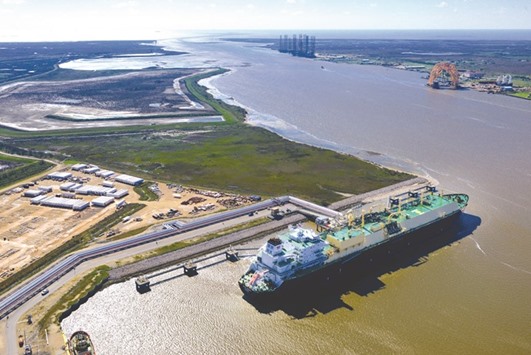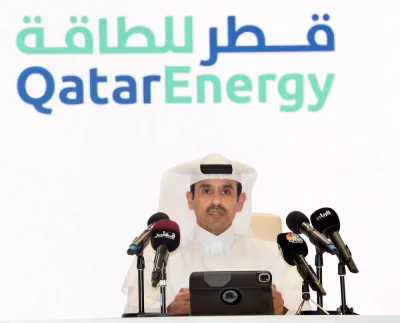Liquefied natural gas plants will run below capacity and investment in new projects will be delayed as demand struggles to keep up with a record jump in production, according to the International Energy Agency. Annual LNG demand is forecast to increase by 140bn cu m (5tn cu ft) from 2015 through 2021, which isn’t enough to absorb almost 190bn cu m of new capacity slated to become operational, the IEA said in its Medium-Term Gas Market Report 2016 published on Wednesday.
“The oversupply situation in LNG markets that emerged in 2015 is worsening in 2016 and will not substantially improve until 2019 at the earliest,” the IEA said. “The supply side will need to do its part to keep the market in balance.”
Australia and the US will account for 90% of an unprecedented 45% jump in LNG capacity in the six-year period, just as demand stagnates or falls in Japan and Korea, the biggest buyers of the fuel. Billions of dollars in investments in new production facilities were made when commodity prices were higher and demand outlooks brighter.
Even as demand rises in China and emerging Asian nations, this won’t be sufficient to balance the market, especially in 2017 and 2018, according to the IEA. While utilisation rates at global export plants will slip to below 90% of capacity in 2018 before recovering, they probably won’t reach the 96% rate of 2011.
For new LNG projects, that will mean returns on investments will be “low for some years,” while reduced spending on production may lead to problems supplying the plants in some countries, the IEA said.
LNG capacity will expand by as much as 40bn cu m annually between this year and 2018, equal to how much was added globally over the four years to 2015, the IEA estimates. Japan, Korea and China, the top three LNG buyers, will have contracted about 20bn cu m more fuel than they need to import in 2017-2018, after being 40bn cu m short in 2011, the IEA said.
New investments in LNG projects will be low until gas demand and prices pick up, with no new export projects sanctioned so far this year, the IEA said.
“In the absence of a sustained price recovery and clear demand growth signals, investments will remain low, setting the course for tighter markets by the early to mid-2020s,” the IEA said.

The Asia Vision LNG carrier is docked at the Cheniere Energy terminal in the aerial photo taken over Sabine Pass, Texas, US, on February 24, 2016. Australia and the US will account for 90% of an unprecedented 45% jump in LNG capacity in the six-year period, just as demand stagnates or falls in Japan and Korea, the biggest buyers of the fuel.


